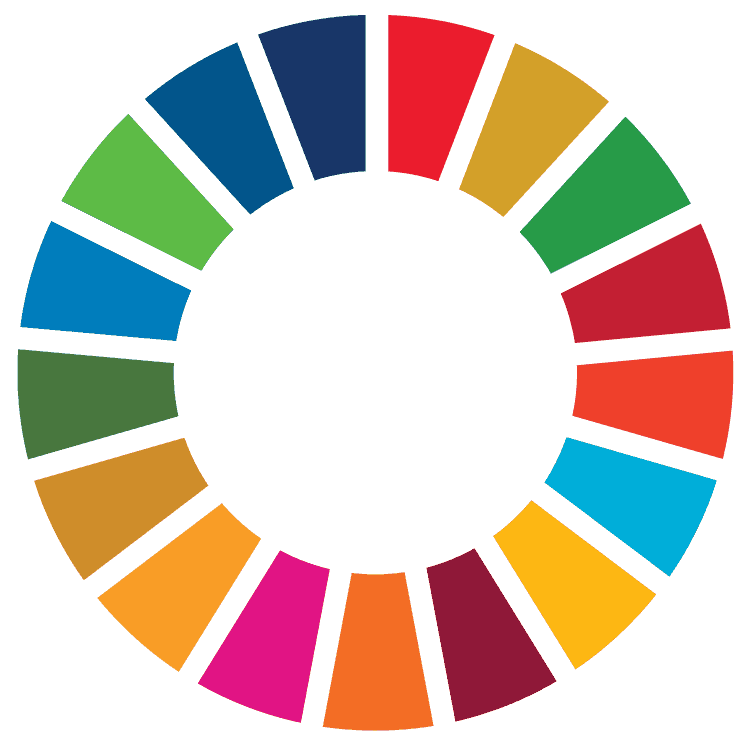Creativity is undoubtedly the key factor in capturing audience attention and generating positive attitudes. Moreover, the most creative campaigns have proven to be equally effective. Various studies highlight this correlation. For example, a recent study by the marketing and advertising consultancy WARC showed that 42% of the most awarded campaigns between 2015 and 2022 were also the most effective campaigns according to specialized competitions.
Despite this undeniable correlation between creativity and commercial effectiveness, the fragmentation of the media, the rise of social networks, and new information technologies are challenging these findings. This forces us to rethink how to reach consumers in a much more creative and innovative way, with earned media becoming the new territory to conquer. The power of earned media is such that the success of a creative campaign is measured by its ability to cross the boundary of conventional advertising and become a topic of conversation in earned media. So, how can we achieve this qualitative leap in our campaigns?
Creativity Beyond Ads
For a long time, creativity in communication has been almost exclusively confined to large advertising campaigns, specifically advertisements. Most research on the effectiveness of creativity in communication has therefore focused on television commercials. Research published in 2013 by professors Werner J. Reinartz and Peter Saffert, and reported by Havard Business Review, analyzed the impact on commercial effectiveness of 437 television advertising campaigns for 90 brands. The results confirmed that, in general, more creative campaigns were significantly more effective. The research also found that certain dimensions of creativity are more effective than others in influencing purchasing behavior, and that many companies were focusing on the wrong dimensions in their campaigns. These five dimensions of creative effectiveness were: originality, flexibility, elaboration, synthesis, and artistic value.
Winning Media Success: In Spain, Kevon Bacon is a Hamburger (read the campaign)

Few would dispute the assertion that there is nothing more effective than creative communication. It is more memorable, longer-lasting, works with less media expenditure, and creates a much stronger community of followers. But what do we mean by effectiveness? A campaign is effective to the extent that it fulfils the objectives for which it was designed (Beerli and Martin, 1999). In other words, effectiveness does not define itself autonomously; it depends on the achievement of pre-established objectives. Therefore, we could assert that if a creative campaign is effective, it is because the creativity aligns with the business objectives of the company or brand.
In Spain, the correlation between a campaign’s creativity and its effectiveness has also been extensively studied. According to the Effectiveness Awards Research Report (2016), 80% of the cases awarded with an Effectiveness Award achieved high growth in business metrics, and 85% in brand metrics.
Creativity Beyond the Message
As we said at the beginning, the fragmentation of media consumption and the increase in platforms and media outlets have made it increasingly difficult for brands to connect with their audiences. In this scenario, where people’s attention spans are restricted to just fifteen seconds – the length of a TikTok video – creativity is not only in the message, but also in the format and media planning.
However, the challenge for brands is no longer just to generate attention and connection, but to be truly meaningful in people’s lives, to transcend. This is not achieved with the right media strategy and creative messaging; campaigns need to transcend to become truly meaningful to consumers. Earned media – such as traditional media, social networks, influencers – have become the drivers of public opinion and attitudes, but to reach them effectively, once again, one factor becomes decisive: creativity.
It is precisely in this context that the ninth edition of the Creativity In PR study by Provoke magazine concludes that earned media is at the forefront when it comes to connecting with audiences. Thus, 57% of communication professionals say that earned media has become more important in the current economic climate. According to the research, ‘successful marketing and communications campaigns have integrated PR, with creative concepts, regardless of where they originate, designed for earned media’. In this sense, earned media has always been the best option for generating credibility. Companies and brands today cannot compete without the support and validation of third parties such as the media, influencers, or opinion leaders.
Winning Media Success Story: ‘Stars for Equality’ for CFF Olympia Las Rozas (read the campaign)
The Challenge for Agencies: Delivering the Best Ideas
This is precisely what clients most look for in agencies: creative and innovative ideas, according to the AGENCY SCOPE 22/23 by the Scopen consultancy. At APPLE TREE, we have always believed in the transformative power of creative ideas to execute communication campaigns that resonate with people. And when we talk about creativity, we are not just referring to our creative departments; we are talking about an agency culture that involves all professionals within it. We combine creativity with our strategic mindset and passion for innovation, forming a successful formula – NEW THINKING – from which we add value to the brand and improve the business results of our clients.


